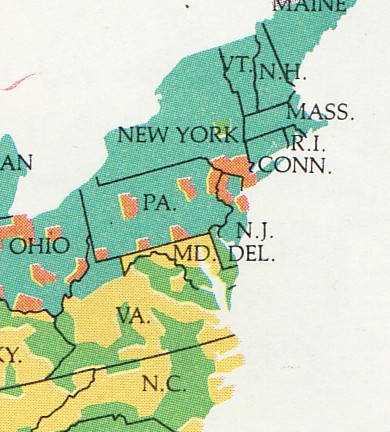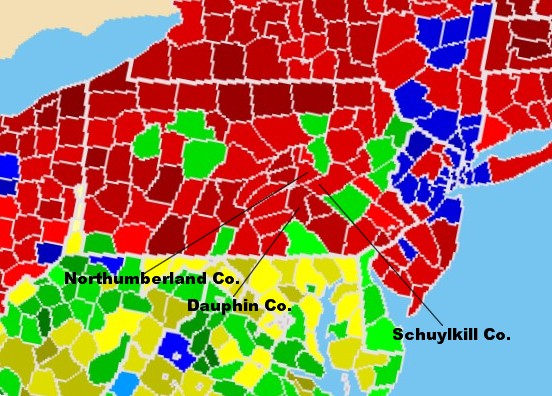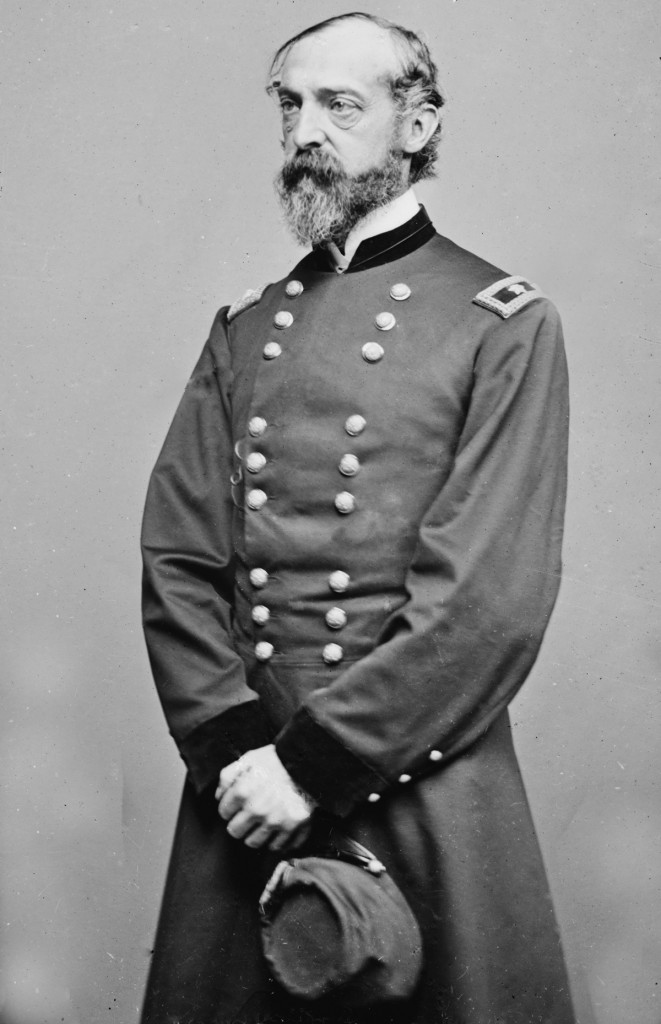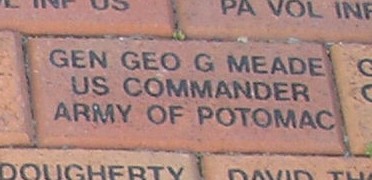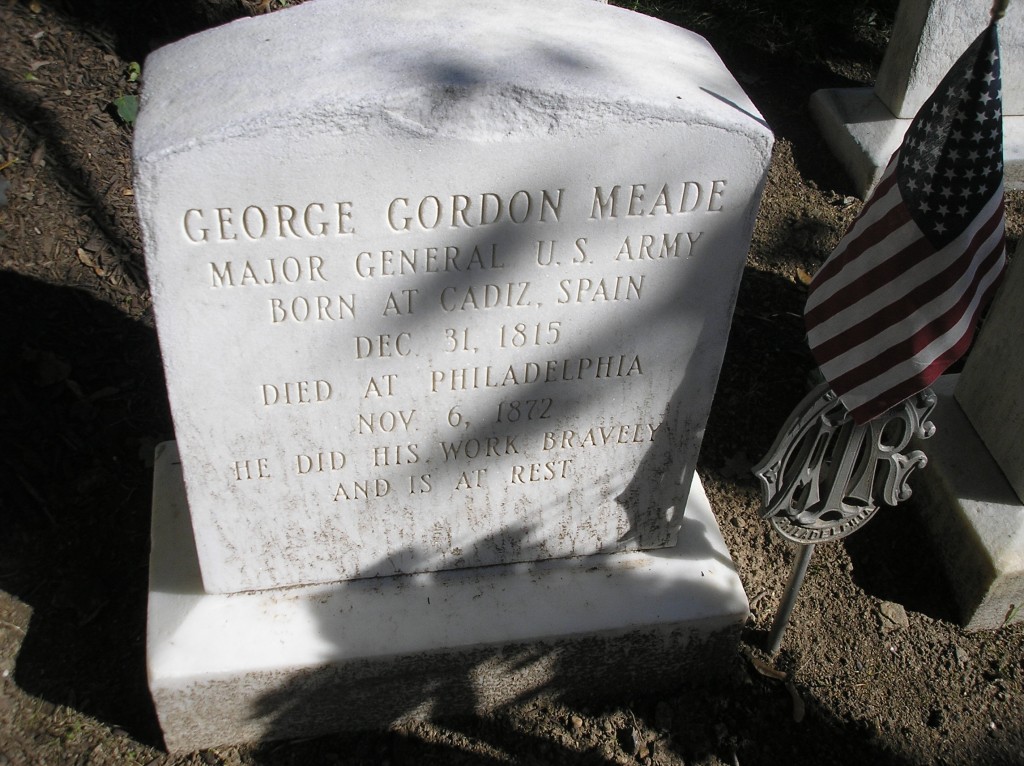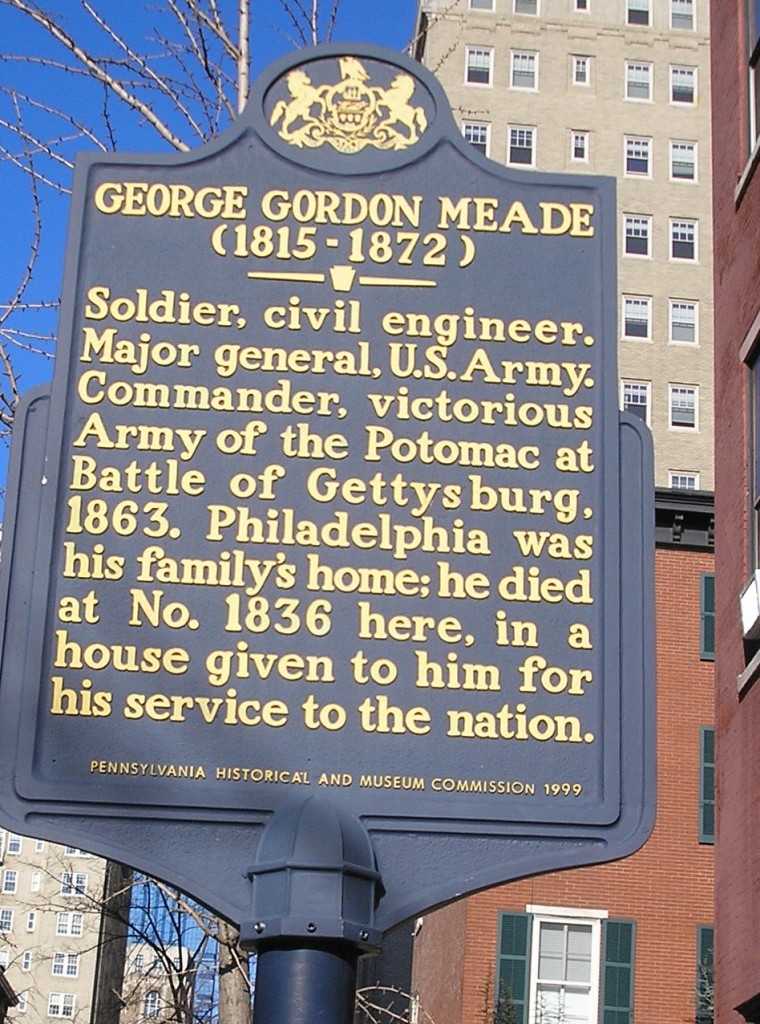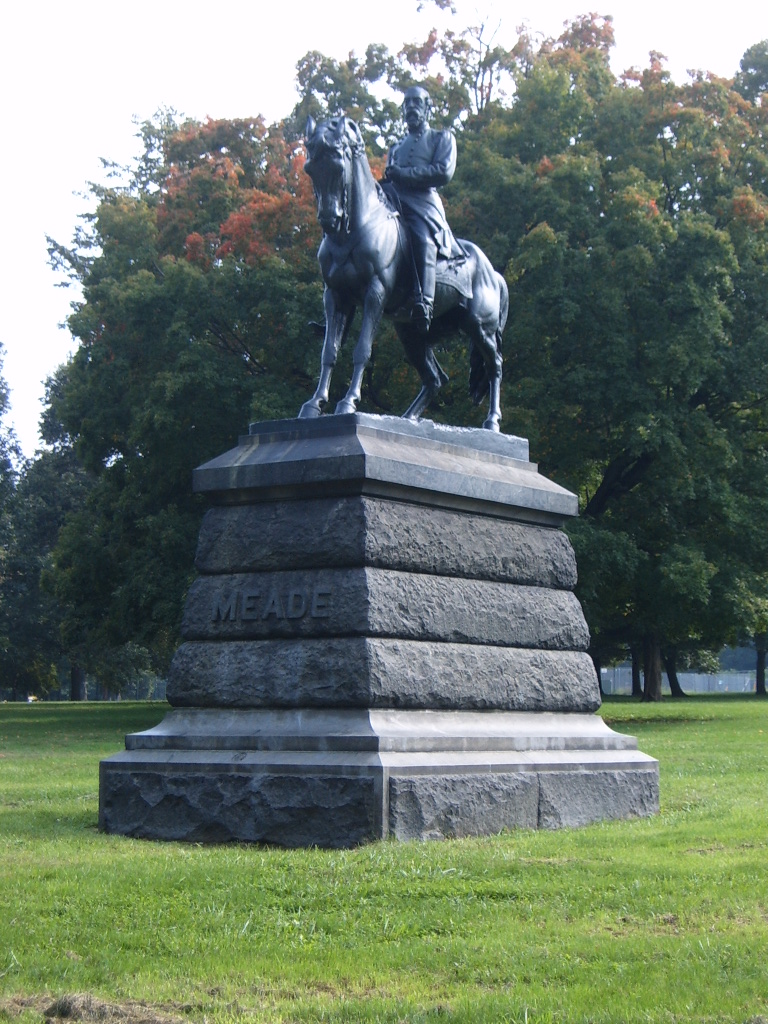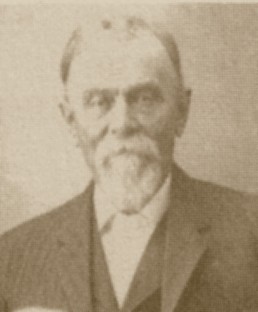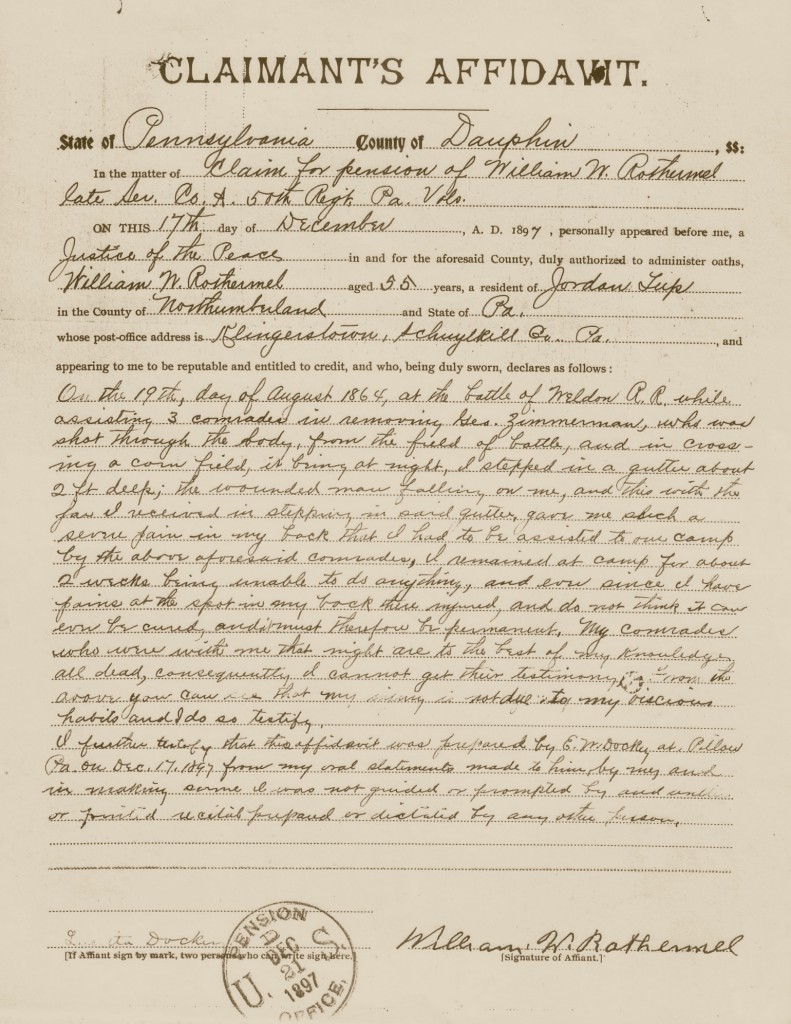Bates – History of Pennsylvania Volunteers 1861-1865
Posted By Norman Gasbarro on January 21, 2011
In the post of yesterday, the Pennsylvania Veterans’ Card File was discussed as originally intended as an index to Bates’ History of Pennsylvania Volunteers, 1861-1865, the official five volume history of the Pennsylvania’s volunteer involvement in the Civil War.
Samuel Penniman Bates (1827-1902) was from Meadville, Pennsylvania, and was well known as an educator, preacher, author, and historian. His anti-slavery views were well-known, often calling for the overthrow of the institution. In 1864, he was appointed Pennsylvania State Historian and given the task of compiling the history of Pennsylvania’s involvement in the war. The five volumes produced between 1869 and 1871 remain today as the standard reference for the commonwealth’s regimental histories and unit rosters.
Fortunately for researchers today, the volumes are readily available, both in libraries and on-line.
The Philadelphia Free Public Library has all five volumes available for reference on its open stacks.
Bates is also available in two places on-line. The first, is through the University of Michigan web site. This source reference is accessed through the Pennsylvania Archives web site or can be accessed directly through the Unversity of Michigan. Each of the five Bates volumes is provided on a separate web page and links are provided on that page to individual pages in the volumes.
The regimental histories are followed by a roster of the men in each company. Essentially, the regiments are grouped by the order formed and the term of service, with the three month regiments found in Volume 1. Volume 5 contains histories of the United States Colored Troops from Pennsylvania as well as any of the independent regiments – plus a comprehensive, general index to all five volumes. I’ve refrained from printing actual sample pages from the editions of the Bates volumes found on the the University of Michigan web site because of their statement of reproduction restriction: “These pages may be freely searched and displayed. Permission must be received for subsequent distribution in print or electronically.” However, I have provided direct links to the page listings for each volume (click on volume number below), to the two page table of contents for each volume, and to the first page of the comprehensive index.
In the example given yesterday of the Pennsylvania Veterans’ Card File for William W. Rothermel, the Bates volume and page was given as 1-1284. Going to page 1284 in the page listing in Volume 1 below, the following was readily found:
Note that in the case of William Rothermel, the information is the same as on the index card, so consulting Bates only confirms that the index card and Bates matches in information.
Volume 1. Table of Contents Page 1. Table of Contents Page 2.
Volume 2. Table of Contents Page 1. Table of Contents Page 2.
Volume 3. Table of Contents Page 1. Table of Contents Page 2.
Volume 4. Table of Contents Page 1. Table of Contents Page 2.
Volume 5. Table of Contents Page 1. Table of Contents Page 2. Comprehensive Index.
If you intend to make extensive use of Bates as a resource in your research, I suggest you print out the ten table of contents pages and the 67 pages of the comprehensive index. If you intend to save any the pages to disk (right click with the mouse), the pages will save as GIF files. To save them in JPEG format, you will have to right click, choose copy, and then paste into a new window (properly sized) in a graphics program.
Fortunately, for those who prefer working with documents in the PDF format, at least one of the Bates volumes is available through Google Books as a free download:
Volume 5. Click on PDF in upper right corner and then save the PDF file to your disk. The book should be fully searchable with your PDF reader program.
Additional information about Samuel Penniman Bates can be found in Wikipedia and in the Pennsylvania Archives Samuel Penniman Bates Papers.
 ;
;


